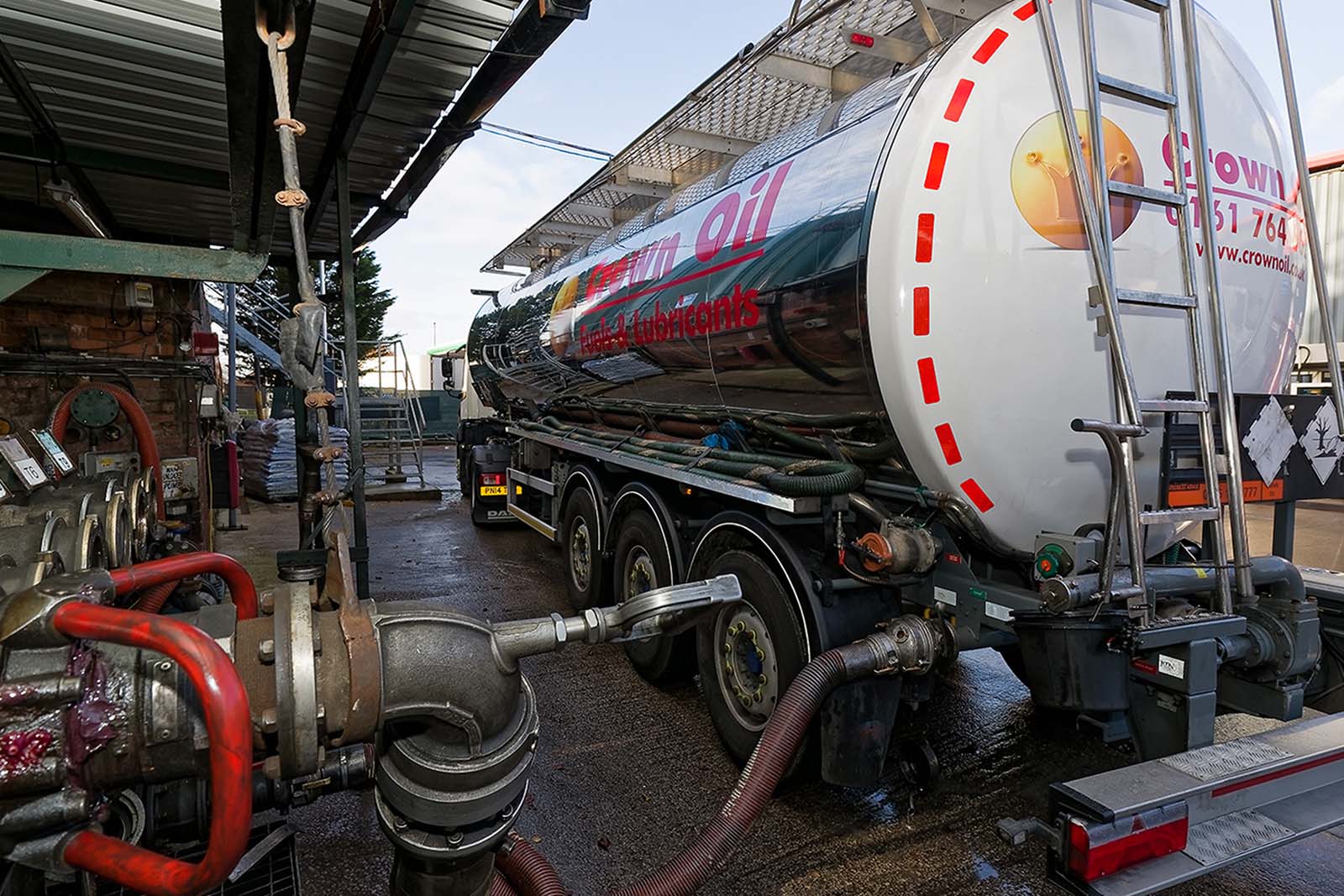A loss in revenue from equipment downtime could too commonly be due to fuel contamination. Fuel contamination is the term used to describe water and bacterial microbes that reside in your fuel. If left untreated, it can wreak havoc within your system and eventually render the engine useless.
Regular testing is key in identifying and mitigating any fuel contaminants. We have years of experience testing a wide range of fuels, oils and lubricants at our onsite laboratory. Our engineers can come to your site to take samples from the top, middle and bottom of your tank to determine the level of degradation of your fuel. Once we have the full picture, we will determine the best most cost-effective course of action to take.

Learn more about our fuel contamination services by calling our expert team on 0330 123 3399
Being aware of the different fuel contaminants and the issues that can arise will help you take the corrective action needed, or even better, help avoid it in the first place.
Abrasives – Highly damaging as they tend to be hard contaminants such as dust or dirt, causing equipment wear.
Asphaltenes – Hard, brittle particles that aren’t soluble and usually less than 2 microns in size. They generally appear from temperature fluctuations and fuel oxidation and can agglomerate into larger particulates, blocking engine filters. They usually accumulate on the bottom of the tank and form an oily sludge, often confused with microbial contamination.
Bacteria – Single cells, around 1-10 microns in size that degrade fuel over time.
Diesel bug, also known as microbial growth – With up to 100 different types of bacteria, moulds and yeasts, microbial contamination is arguably the most harmful of all fuel contamination causes. Certain bacteria and fungi thrive in water where it interfaces with fuel and feeds off alkanes and additives. The by-product of these organisms is a sludge-like substance that causes corrosion of steel tanks and breaks filters and system composition.
Water – One of the most common contaminants that causes equipment problems and is almost inevitable in stored fuels due to the number of opportunities for moisture to form. This includes free water in pipelines, rainwater leaking past seals and moist outside air entering the vents of a fixed storage tank.
Dissolved water – Water that is chemically dissolved or absorbed in the fuel and distributed molecule by molecule. This can affect fuel stability and usually enters the oil via humidity. The oil simply absorbs the water up to the saturation point and does not show any signs of water contamination such as clouding – dissolved water is usually benign.
Emulsified water – Small droplets of water that are suspended in the fuel, the most damaging form of water contamination. It forms when the amount of water is beyond the saturation point and has likely entered the fuel system. The initial identifier is a cloudy appearance.
Free water – Water that falls out of suspension in the fuel and gathers on the bottom of the tank. It’s less damaging than emulsified water but still challenging.
Emulsified and free water are more problematic, causing fuel system and engine damage and also promoting microbial growth (diesel bug).
Mould – A type of fungi that block filters and fuel lines.
Particulates – Examples include dust, grit, soot, rust and engine wear particles, all which have the potential to cause wear or damage to the fuel injection system or engine.
Sludge – Formed from a combination of any of the above contaminants and generally accumulates on the bottom of the tank, degrading fuel system lines.
The problems of modern fuels
Fuel contamination is, unfortunately, becoming a more prevalent issue in modern fuels due to increasing biodiesel FAME (Fatty Acid Methyl Ester) content and lower sulphur content. These two major changes have been introduced to help the planet.
FAME is kind to the environment but increases the growth of bacteria as it absorbs significantly more water which increases the risk of fuel contamination. The reduction of sulphur is as a result of ultra-low sulphur diesel (ULSD) being introduced.
As the biodiesel (FAME) content increases and the sulphur content decreases, the risk of fuel contamination is heightened. Therefore, diesel users must manage the risk of contamination on a continuing basis to reduce the risk of system failure and equipment idle time.
Manage the risks of fuel contamination
Just one instance of fuel contamination could cost hundreds of thousands of pounds in damages and corrective action. Simple fuel maintenance costs considerably less, so make fuel testing an integral part of your planned preventative maintenance programme.
Ready to learn more about our fuel contamination services? Call our expert team today on 0330 123 3399 to find out how we can help you diagnose and resolve fuel contamination issues


